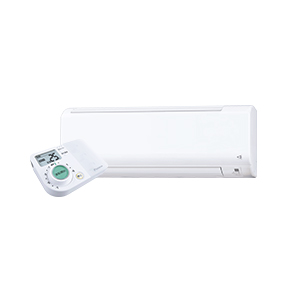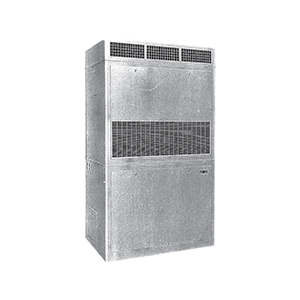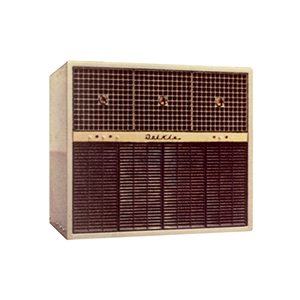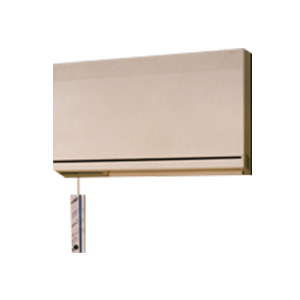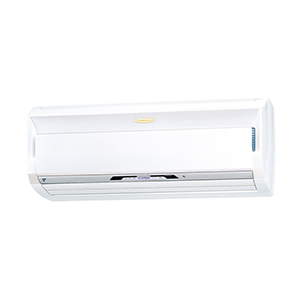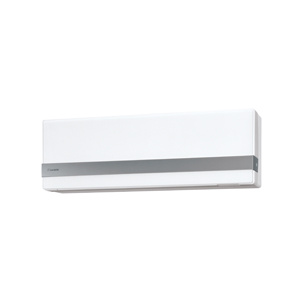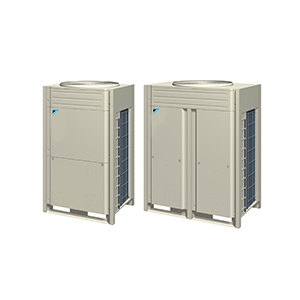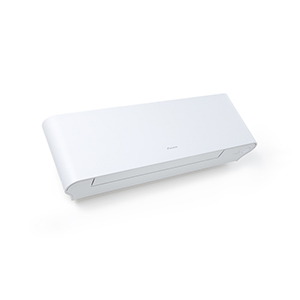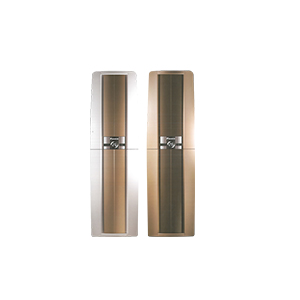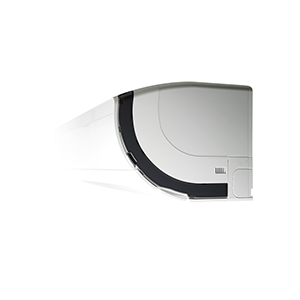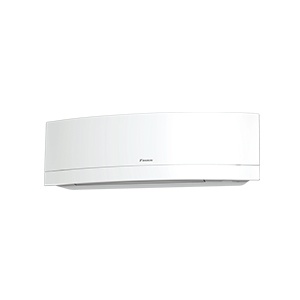Designs That Overcome
Issues of Multiple Functions
Technology advancement and diversification of user needs has resulted in building multiple functions in a variety of products. Take smart phones as an example. In addition to the function of being a mobile phone, numerous functions, including being a web browser, music player, camera, video player, e-book, and audio recorder, are all installed onto one device.
Being equipped with many functions is convenient but it can also be the source for difficulty in understanding and using all of the functions. An important challenge in designing equipment and devices has been how to resolve the learning curve involved with new technology.

One design solution provided to this has been the use of a flat design. Instead of the traditional three-dimensional design with buttons for user interface, Daikin adopted a button-free flat design, resulting in an easy-to-see design with intuitive operations. The public had already been familiar with the flat-design approach from its adoption in operating systems released in 2012 for personal computers and smart devices.






